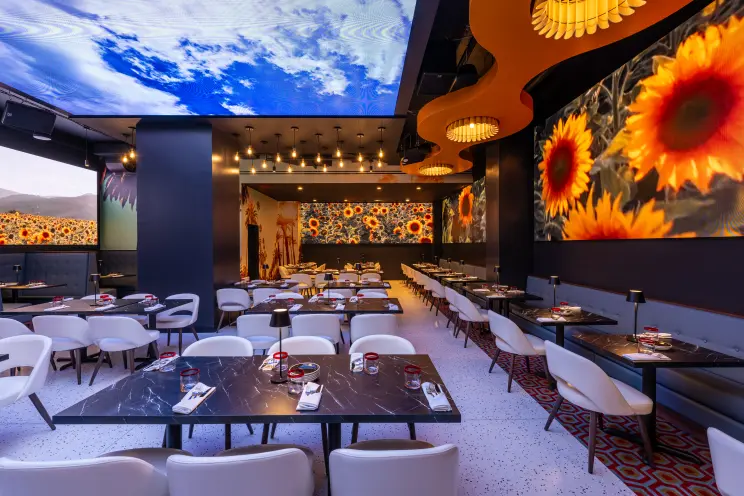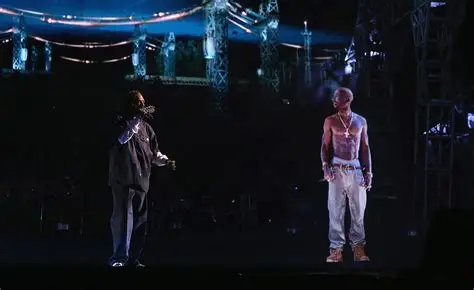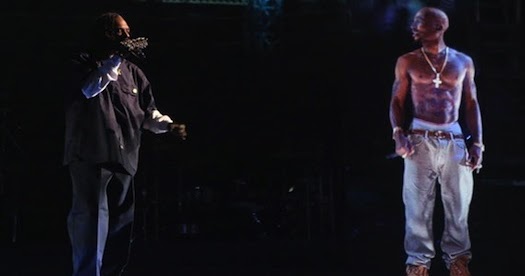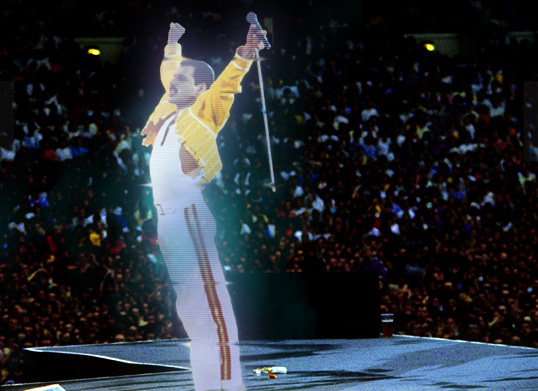

In live entertainment, timing is everything—but now, so is presence. And not just the artist’s physical presence. The modern concert stage is evolving into something more fluid, more layered. Enter the hologram display: a technology that once felt like a novelty but now plays a central role in redefining live performance.
If you’ve seen a pop icon appear mid-stage as a digital double, or a band wrapped in virtual effects that seem to float around them—you’ve seen the shift. These aren’t gimmicks. They’re part of a larger move toward tech-driven stagecraft, powered by tools like transparent LED displays and advanced projection systems.
And increasingly, companies specializing in transparent LED and holographic tech are building the infrastructure for this shift—quietly powering some of the most visually striking moments in concerts today.

The term hologram display often conjures images of futuristic novelties—artists brought back to life, or 3D pop-ups that dazzle for a few minutes. But the real impact is more subtle: it’s about integration.
In top-tier productions, holograms are no longer separate from the rest of the show. They’re embedded. A well-executed display doesn’t shout for attention—it supports the music, complements the choreography, and extends the stage into the digital space.
This is where transparent LED display technology comes in. Unlike traditional stage screens, these displays allow lighting, staging, and live performers to interact naturally with digital effects. A dancer can perform in front of a projected storm. A singer can walk through digital flames without any of it feeling forced.
Done right, it’s seamless—and that’s the point.
The demand isn’t coming from tech companies—it’s coming from fans. Audiences now expect concerts to deliver more than sound. They expect immersion. Atmosphere. Something that feels built for this moment, not just a tour running the same show from city to city.
A hologram display gives artists the freedom to build layers into their set—visual metaphors, callbacks, alternate versions of themselves—without slowing the show down or adding massive overhead. It’s creative expansion, without logistical weight.
And for production teams, the appeal is practical. Complex stage pieces can now be “digitally flown” in, and interactive visuals can be edited or reprogrammed overnight. Touring becomes leaner, more adaptive, and more visually ambitious.
It’s easy to focus on the holographic content—the floating visuals, the stunning illusions—but without the right surface, it doesn’t work. The transparent LED display is often what makes a hologram possible in a live setting.
Instead of blocking the performer or background, transparent LED allows light to pass through while still delivering high-resolution content. You get depth, dimension, and clarity—all without compromising visibility on stage.
SeeThruDisplays has carved out a role in this space by engineering modular, tour-ready transparent display systems specifically for concert use. Their setups can be rigged, layered, and scaled for everything from intimate venues to stadium tours, without the visual noise or bulk that plagued early versions of the tech.

It’s not enough to impress anymore. Audiences scroll past spectacle all day. What works on stage now has to connect. And that’s what makes the modern hologram display so effective—it gives artists new ways to tell stories.
Some use it to introduce digital personas. Others create moments that feel symbolic, even cinematic: a rising phoenix, a shattered glass wall, a sudden clone of the performer. These aren’t special effects—they’re part of the narrative.
And because it’s all driven by LED panels and programmable projection, that narrative can change from night to night. One tour, multiple interpretations, zero physical rebuilds.
For a long time, this kind of technology was reserved for arena acts with seven-figure budgets. But that’s changing. The cost of a professional hologram display setup has come down, while modular systems like those from SeeThruDisplays have made it easier to scale the tech to smaller venues and mid-level tours.
Now, indie artists, corporate productions, and even immersive theater experiences are tapping into the same tools—just with a tighter lens.
What used to be a high-concept visual layer is becoming part of the standard live production toolkit.
The future of concerts is hybrid. Physical performance will always matter, but the edges around it are becoming more fluid—more digital. Audiences expect a blend of tactile and virtual, and the artists who understand that are the ones redefining the space.
A hologram display isn’t just about floating visuals—it’s about creative control. It lets artists shape space, mood, and narrative in real time. Combined with a transparent LED display, it removes the wall between real and digital.
And in a market that’s more competitive than ever, that’s an edge worth having.

Live music is no longer just live. It’s layered. Smart. Visually engineered. The best concert moments now happen in the space between performance and projection—where real bodies meet digital storytelling.
A well-executed hologram display can elevate a set from polished to unforgettable. And companies like SeeThruDisplays are making that evolution not just possible—but practical.
As fans continue to expect more, this tech isn’t the future. It’s already here. And it’s changing everything about how we show up, perform, and remember.